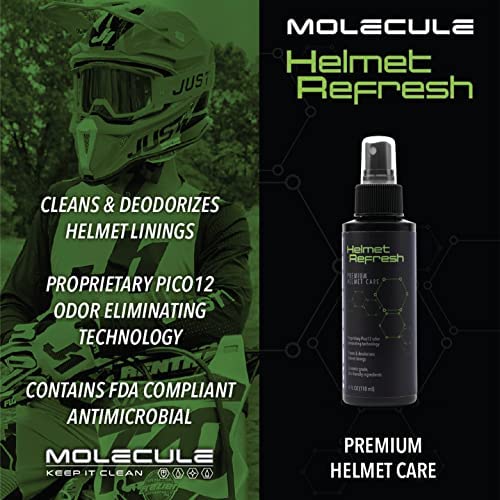
Helmet Care: Eliminate Odors
Helmet Care: Eliminate Odors
If you’ve been working a horse or running a tournament in the heat, and then left your helmet in your bag for too long, you’re likely to be greeted with a “fragrant” surprise. No one wants to think about this unpleasant problem in advance, but it can happen to anyone. So what to do if your helmet “smelled”?
Fortunately, horseback riding is not the only sport that may face this problem. Cyclists, climbers, hockey players – everyone who needs mandatory head protection, sooner or later are forced to “ventilate” their helmet. Therefore, there are many products on the market that eliminate unpleasant odors. However, the care of riding helmets has a number of features.
Why does the helmet start to smell?
Heat, humidity, and darkness are ideal conditions for mold, bacteria, and fungi to thrive. The helmet that you take off your head after a good workout becomes a great incubator for them. The enemy of invisible pests is fresh air, but when we get home, we usually quickly fold our still-damp helmet into an ammunition bag or a plastic bag to protect it from dust.
In any case, without the introduction of fresh air, which contributes to rapid drying, the helmet lining remains wet. And the matter may not be limited only to the appearance of a smell: dampness can significantly reduce the life of your helmet – glue, foam deteriorate, the inner lining rots.
Odor is easier to preventthan to fight him later.
After class, do not put the helmet in a box, bag or bag. Wipe it with a damp cloth and leave to air dry.
If you need to remove it (you plan to take the equipment home), then be sure to remove it and dry it. If you’re at a tournament, don’t leave your helmet in a stuffy horse carrier.
You can use special electric helmet dryers. They are widely represented on the market, although not yet in horse ammunition stores. There are even bags for helmets with a drying function:
If you are using a dryer, never leave it or other electrical heating appliances unattended.
What to do if the smell has already appeared?
Somewhat reduces the smell (although does not kill bacteria) blotting paper. Crush one or two leaves and place them inside the helmet. The option is inexpensive, but not highly effective.
There are also anti-bacterial deodorants that can be purchased at sports or online stores, as well as on sites selling motorcycle equipment.
Note! Some helmets must not be sprayed with alcohol-based liquids (information about this should be on the helmet label). Before using deodorant spray, make sure it is not alcohol based.
If the smell is particularly strong and persistent, you may need to use a lot of spray, and more than once. Be careful not to overdo it, read the warnings. Sprays can damage the lining and/or leather parts of the helmet, the lining can shed, and the spray can cause you to have an allergic reaction.
In some cases, you may need professional help. Search the Internet for companies that specialize in dry cleaning equipment for various sports. If you try to remove a strong odor by yourself, you may damage the helmet or spoil it. Before you take your helmet to the cleaners, look for the instructions that come with it so that the cleaners you choose will understand how to work with your helmet.
At the end of the article, we would like to give some useful tips.
Alcohol-based cleaners can damage the plastic, use a soft cloth dampened with clean water.
To clean suede or velvet, let the dirt dry completely and then brush it off with a clean, medium-hard bristle brush. You can also clean and revitalize suede using a clean suede shoe sponge. To give a fresh look to velvet, slightly hold a helmet over steam, over a pot of boiling water (pre-protect your hand with an oven mitt or towel).
Nathan Welton (source); translation by Valeria Smirnova.





